The History of the Telecaster Custom
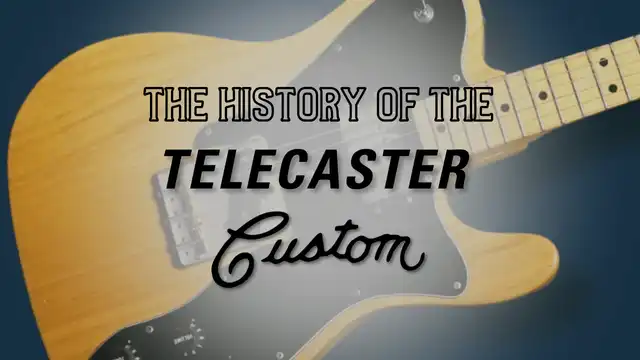

When the Fender Telecaster Custom debuted in 1972, it turned heads and blew minds.
By blending classic single-coil snap with a bold new humbucker voice, Fender pushed its flagship model into uncharted territory. For purists, it was a curveball that drew ire and skepticism. For players chasing tone versatility, it was a revelation. And, considering Fender is still producing Tele Customs over half a century later, it was a risk worth taking.
Here's how the Telecaster Custom took Leo Fender’s original workhorse and gave it a fresh coat of sonic paint that still resonates today.
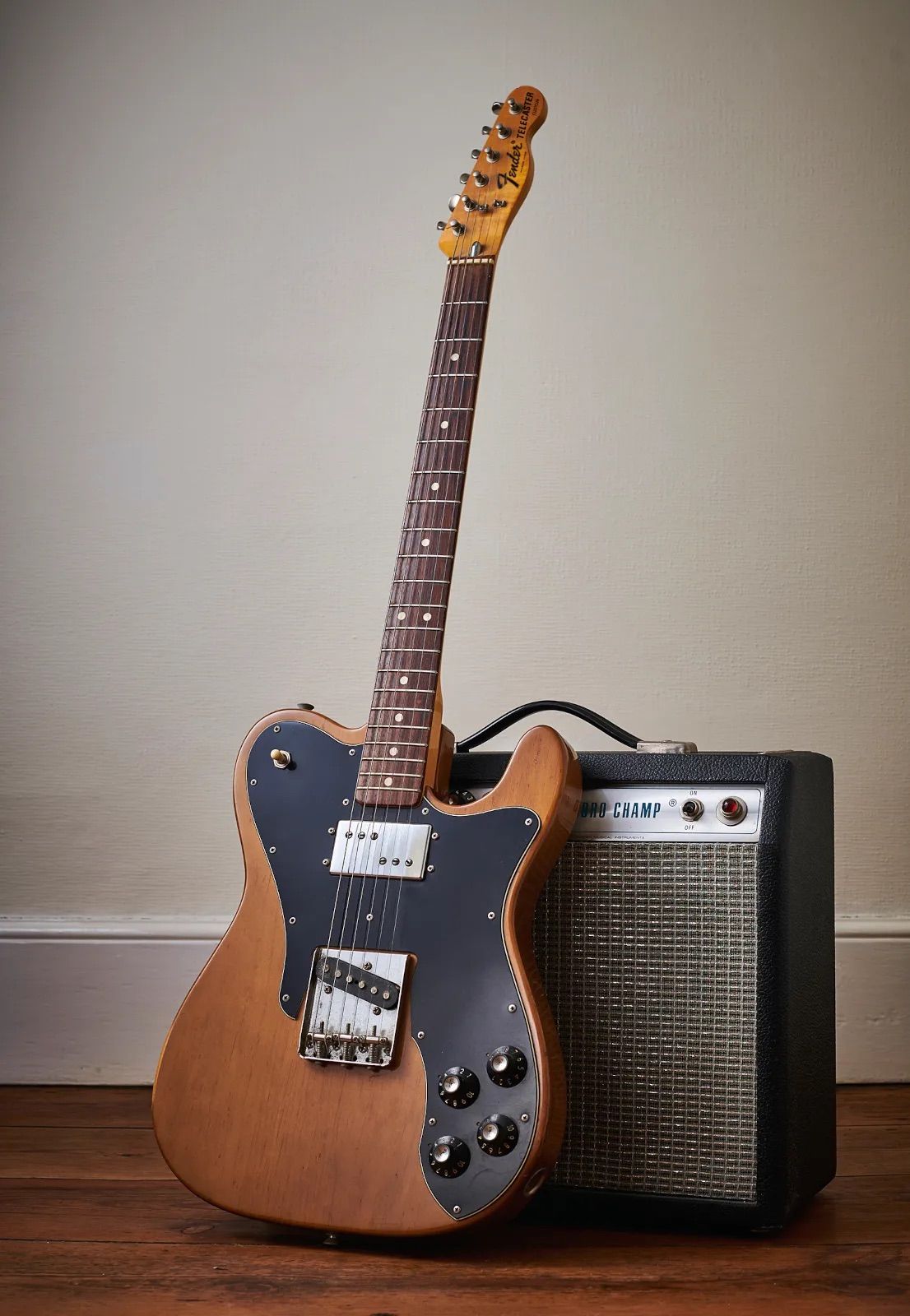
Fender in the Early '70s: Transition and Transformation
To understand the Telecaster Custom, we need to rewind to Fender’s state in the late 1960s and early 1970s. After selling the company to CBS in 1965, Leo Fender stepped away, and a new era of corporate oversight began. While Fender remained a titan in the guitar world, it faced increased competition. Gibson’s Les Paul was booming in popularity, thanks to a generation of rock players drawn to its warmer, fuller sound. Fender needed something to meet that demand without abandoning its identity.
Enter the Telecaster Custom—a guitar aimed at bridging that tonal divide.

The Design: What Makes a Telecaster Custom Unique
At first glance, the Telecaster Custom doesn’t stray far from its older sibling. It still features a single-cutaway body, bolt-on neck, and that unmistakable silhouette. But up close, the changes are significant.
The most notable update was the neck pickup: a Fender “Wide Range” humbucker, designed by Seth Lover—yes, that's the same Seth Lover who pioneered the original "PAF" humbucker for Gibson. This was no ordinary humbucker. Using CuNiFe magnets (Copper-Nickel-Iron), it offered clarity and chime that set it apart from Gibson’s darker-sounding counterparts. Paired with the classic Tele bridge pickup, the Custom offered a best-of-both-worlds approach: fat, warm neck tones and bright, cutting bridge attack.
Fender also added a four-knob layout (two volume, two tone) and a Gibson-style toggle switch on the upper bout. It was a clear nod to the Les Paul layout and a signal that Fender was willing to evolve.
Love It or Leave It? The Purist Perspective
Not everyone welcomed the changes. Some Tele purists were quick to dismiss the Custom’s humbucker as heresy. After all, the Telecaster was beloved for its simplicity and twang—not necessarily warmth and girth.
But the truth is, the Telecaster Custom expanded what the Tele could do. Jazz, blues, funk, punk, hard rock—it could cover ground that a traditional Tele struggled with. The neck humbucker gave it depth and smoothness, while the bridge pickup stayed true to its roots. It was a studio darling and a gigging workhorse, even if it never outsold the standard model.

Famous Players Who Made It Sing
Despite its polarizing nature, the Telecaster Custom found favor with a wide range of influential players. Here are a couple who made it iconic:
Keith Richards (The Rolling Stones): Perhaps the most famous Tele Custom user, Richards often wielded a black '72 model with his signature swagger. It helped define the Stones’ ‘70s sound—chunky rhythm, rich harmonics, and raw punch. It's probably no coincidence that in 1972 Richards' most legendary guitar, "Micawber," a Blackguard Tele routed for a Gibson PAF in the neck, was born.
Mick Green (The Pirates, Brian Ferry, Paul McCartney, Van Morrison): An unheralded a hired gun who wielded a Tele Custom for a whole bunch of different notable acts. Never a household name, Green played a key role in the development of British rock.
Reissues, Variants, and Market Standing
Fender reissued the Telecaster Custom several times, most notably with the Classic Series '72 Telecaster Custom, Mexican-made and praised for its tone and vibe. The Fender American Vintage and Japanese reissues also captured the original spirit, though the true Wide Range humbuckers (with CuNiFe magnets) remained elusive until recently.
As of 2024, Fender has revived CuNiFe-magnet pickups in their American Vintage II series, and interest in original models has surged. A true vintage ‘70s Telecaster Custom in good shape can fetch a premium on the used market, often ranging from $3,000 to $5,000, depending on condition and originality.
Meanwhile, reissue models—especially those made in Japan or Mexico—are considered excellent value for players wanting classic looks and versatility without breaking the bank.

What about the Strings??
Because of its tonal versatility and the depth of that wide range humbucker, pairing your Tele Custom with top notch strings is a must:
Stringjoy 11-50 Balanced Medium Signatures – Feed your Telecaster's humbuckers heavier strings and they will reward you. A fantastic choice for players who focus on rhythm parts.
Stringjoy 10.5-50 Balanced Light Plus Orbiters – A notch heavier than our Balanced Light sets, these coated Orbiters will enhance your Tele's natural sustain and depth. Ideal for rock and heavy metal. Plus they last a stupid long time.
Stringjoy 9.5 - 48 Husky Super Light Plus Signatures – Light but substantial, this set will have your wide-range humbuckers sounding glorious.
The Verdict: A Timeless Outlier
The Telecaster Custom may not be every traditionalist’s cup of tea, but that’s part of its charm. It took risks. It mixed ingredients no one expected. And it carved out a legacy all its own. And last but not least... it just looks so dang cool. So, whether you’re chasing Keith’s swagger, or just want a Tele with more tonal options, the Telecaster Custom stands tall—an innovative branch on the Tele family tree.
The Best Strings for Your Telecaster Custom
From single coil goodness to wide-range depth, these strings will make your Tele Custom sing.

Stringjoy 11-50 Balanced Medium Gauge Signatures - Nickel Wound Electric Guitar Strings

Stringjoy 9.5-48 Husky Super Light Plus Gauge Signatures - Nickel Wound Electric Guitar Strings

Stringjoy 10.5-50 Balanced Light Plus Gauge Orbiters - Coated Nickel Electric Guitar Strings

Stringjoy 9-46 Heavy Bottom Super Light Gauge Broadways - Pure Nickel Electric Guitar Strings

Stringjoy Custom 6 String Signatures - Nickel Wound Electric Guitar Strings
Other Posts you may like

Guitar Strings Order: How the Guitar is Tuned and Why

Two Handed Tapping: Our Top 8 Tappers of All Time
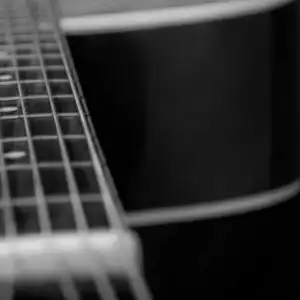
Which Guitar Strings Wear Your Fret Wire Down More?
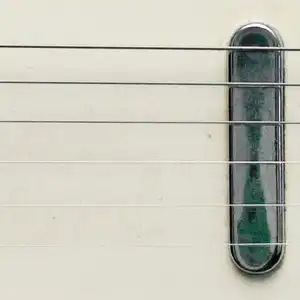
What is Nashville Tuning? Its History, Best Guitar Strings & Uses
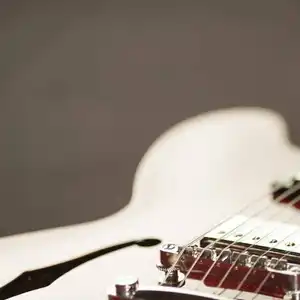
Guitar Scale Length Explained: String Tension & Playability
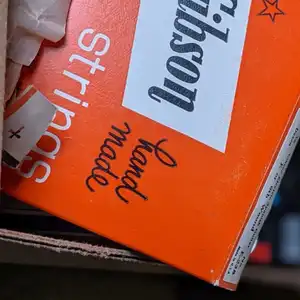
What Guitar Strings I Used To Play...
0 Responses
Leave a Reply
Your email address will not be published. Required fields are marked *

